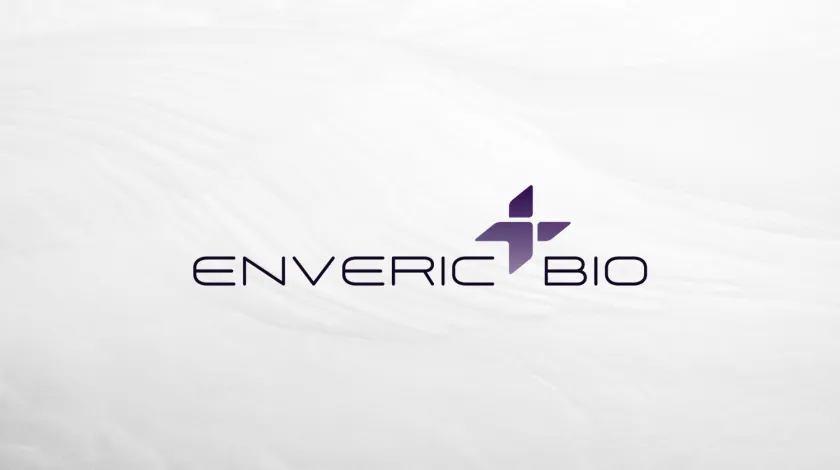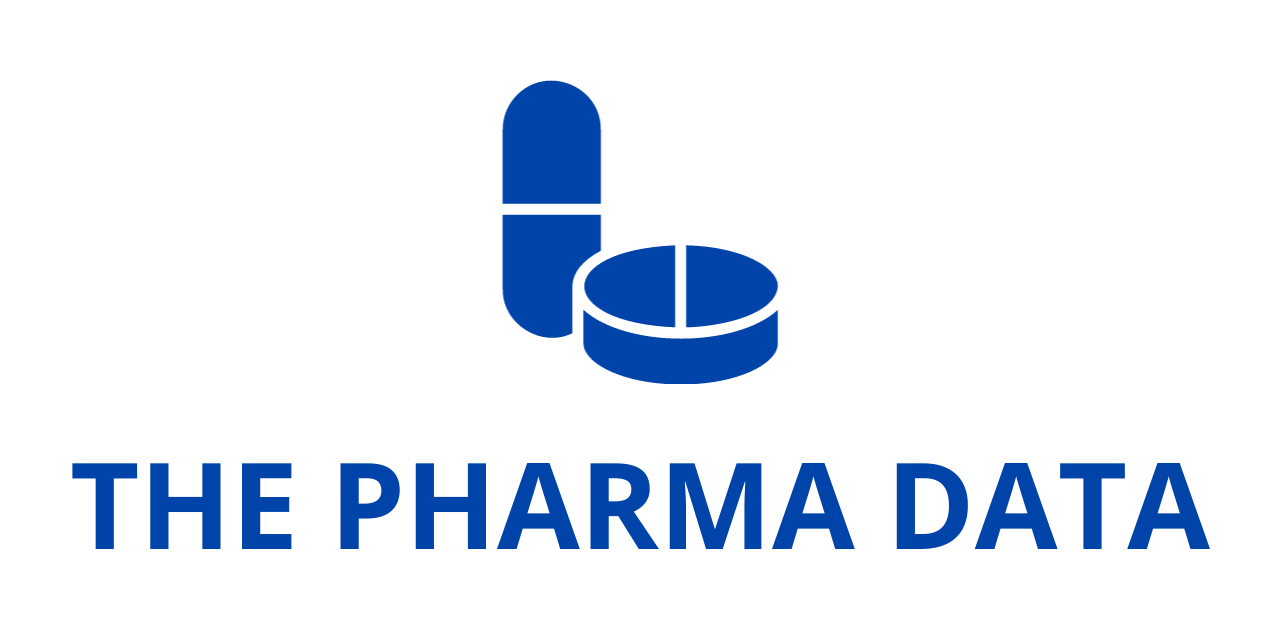
Enveric Biosciences Advances Neuropsychiatric Pipeline with Successful Completion of Dose Range Finding Studies for Lead Candidate EB-003
Enveric Biosciences, Inc. (NASDAQ: ENVB), a biotechnology company pioneering next-generation neuroplastogenic small-molecule therapeutics, announced that it has successfully completed 7-day Dose Range Finding (DRF) toxicology studies in two preclinical species for its lead drug candidate, EB-003. This achievement marks a significant step forward in the company’s mission to address the pressing unmet needs in neuropsychiatric disorders such as depression, post-traumatic stress disorder (PTSD), and related conditions.
The results of these studies establish the Maximum Tolerated Dose (MTD) for EB-003 and provide a critical data foundation to support Investigational New Drug (IND)-enabling activities. These efforts ultimately pave the way for the initiation of First-in-Human (FIH) clinical trials, a milestone that Enveric anticipates in the near future.
Understanding the Significance of DRF Studies
Dose Range Finding studies are an essential step in the drug development process, particularly in the preclinical phase. They help define the safety margins of a new drug candidate by identifying both the doses at which the compound is well tolerated and those that cause observable toxicity. These studies not only establish the MTD but also yield valuable insights into the pharmacokinetics of the drug—how it is absorbed, distributed, metabolized, and excreted.
For EB-003, the DRF studies were conducted over a 7-day period in two different preclinical species, a standard regulatory requirement to ensure translatability of findings across biological systems. By dosing animals daily, Enveric’s research team sought to mimic potential clinical exposure scenarios and capture both acute and cumulative effects of the therapy.
The data revealed that EB-003 was orally bioavailable, meaning that when administered in pill form, it was effectively absorbed into the bloodstream. Plasma concentrations of the drug increased in a predictable, dose-dependent manner, a positive indicator for designing future human studies. At higher doses, central nervous system (CNS)-related effects were observed across both species, reinforcing evidence that the drug penetrates the brain and engages its intended targets.
EB-003: A Novel Neuroplastogen
At the center of this research is EB-003, a compound that Enveric describes as a “first-in-class neuroplastogen.” Unlike conventional antidepressants or anxiolytics, neuroplastogens are designed to promote structural and functional remodeling of neural circuits—a process known as neuroplasticity. Impairments in neuroplasticity are increasingly recognized as a root cause of mood and anxiety disorders.
EB-003 selectively engages the serotonin 5-HT2A and 5-HT1B receptors, two receptor subtypes with strong links to mood regulation and synaptic plasticity. Importantly, while many molecules that interact with the 5-HT2A receptor—such as classical psychedelics—induce hallucinogenic effects, EB-003 has been engineered to avoid these liabilities. Preclinical data so far suggest that EB-003 promotes beneficial plasticity without triggering motor responses predictive of hallucinations in humans.

This distinction could be transformative. While psychedelic-assisted therapy has gained attention for its promise in treating depression and PTSD, it comes with logistical and regulatory challenges. Patients typically require supervised sessions lasting several hours, limiting scalability and accessibility. A compound like EB-003, which retains the therapeutic benefits of receptor engagement without hallucinatory effects, could be administered in outpatient settings, making it far more practical for chronic neuropsychiatric treatment.
Strategic Value of the DRF Findings
The completion of DRF studies is not just a scientific milestone but also a regulatory and strategic one. Determining the MTD gives developers a clear reference point for safe human dosing, bridging the gap between promising preclinical results and regulatory approval to move into human trials.
Enveric’s Chief Executive Officer, Dr. Joseph Tucker, emphasized this importance in his statement:
“Completion of the DRF toxicology studies and establishment of the MTD in two preclinical species is a significant and necessary milestone in the development of EB-003. These findings provide a well-defined reference point for planning human dosing and position us to advance EB-003 into definitive toxicology, safety pharmacology, and genotoxicity studies required for the IND submission to the FDA. This achievement moves us closer to clinical trial readiness for EB-003.”
In practical terms, the company now has the data it needs to proceed with the full suite of IND-enabling studies, which typically include repeat-dose toxicology, genotoxicity, reproductive toxicology, and safety pharmacology. These studies are designed to provide regulators with the assurance that the compound is safe to test in humans.
Addressing the Burden of Neuropsychiatric Disorders
The importance of Enveric’s progress cannot be understood without considering the scale of the challenge posed by neuropsychiatric disorders. Depression alone affects more than 300 million people worldwide, according to the World Health Organization. PTSD, often associated with trauma, military service, or catastrophic life events, impacts millions more.
Existing treatments, such as selective serotonin reuptake inhibitors (SSRIs) or serotonin-norepinephrine reuptake inhibitors (SNRIs), often take weeks to achieve therapeutic effects and fail to work in a significant proportion of patients. Moreover, these treatments do not directly address the underlying deficits in neural circuitry that contribute to chronic illness.
EB-003’s mechanism of action is designed to intervene at this deeper level by promoting the remodeling of synaptic networks. In doing so, it could offer both faster onset of therapeutic benefit and broader efficacy in patients who have not responded to conventional treatments.
The Broader Neuroplastogen Platform
While EB-003 is currently Enveric’s lead candidate, it is part of a broader pipeline of neuroplastogens being advanced by the company. Enveric has positioned itself as a leader in the rational design of small molecules that retain the therapeutic properties of psychedelics but are engineered to avoid hallucinatory or dissociative effects.
The company’s approach combines medicinal chemistry with advanced screening technologies to identify and optimize compounds that precisely engage neural targets. EB-003 is the first fruit of this strategy, but the company has indicated that additional molecules are under development for a range of neuropsychiatric and neurological conditions.
What Comes Next for EB-003
With the DRF studies complete, Enveric’s immediate focus will be to initiate the definitive toxicology, safety pharmacology, and genotoxicity studies that form the backbone of an IND package. These studies will typically span several months and require adherence to Good Laboratory Practice (GLP) standards to ensure regulatory compliance.
If successful, Enveric could file an IND application with the U.S. Food and Drug Administration (FDA) to begin human clinical testing. The first clinical trial would likely be a Phase 1 study, designed primarily to evaluate safety, tolerability, and pharmacokinetics in healthy volunteers. Depending on the outcomes, the company could then advance into Phase 2 studies testing efficacy in patients with depression, PTSD, or related conditions.
Given the novelty of EB-003’s pharmacology, early clinical trials will also serve to validate whether the non-hallucinogenic design translates effectively into humans. Positive results would represent a paradigm shift in the development of neuropsychiatric therapeutics.
Industry Context: Competing Approaches in Psychedelic-Inspired Medicine
Enveric is advancing EB-003 at a time of heightened interest in psychedelic-inspired therapies. Companies such as COMPASS Pathways, MindMed, and atai Life Sciences have made headlines by testing compounds like psilocybin and LSD analogs in controlled settings. These therapies have shown strong efficacy in certain indications but remain encumbered by the need for intensive clinical supervision.
What sets Enveric apart is its commitment to developing compounds that deliver the same neuroplastic benefits without the hallucinatory component. This strategy could dramatically expand the market for such therapies, allowing for outpatient, scalable administration.
If EB-003 succeeds, it may open the door to a new generation of neuropsychiatric medicines that bridge the gap between traditional antidepressants and psychedelic-assisted therapies.
The successful completion of the DRF studies for EB-003 represents both a scientific validation and a strategic inflection point for Enveric Biosciences. The company now has a clear roadmap to advance its lead candidate toward clinical development, backed by data that support both safety and pharmacological activity.
While the journey from preclinical studies to an approved therapy is long and fraught with challenges, the promise of EB-003 as a first-in-class neuroplastogen is compelling. For patients struggling with depression, PTSD, and other neuropsychiatric disorders, new treatment options are desperately needed.
Enveric’s progress highlights the growing convergence of neuroscience, medicinal chemistry, and psychiatry in developing innovative solutions for some of the most intractable conditions in mental health. With the DRF milestone achieved, the company is positioned to take the next critical steps toward bringing EB-003 from the laboratory to the clinic.





